Sociology IAS Mains Question Paper 2021:
There are Eight questions divided into Two Sections. Candidate has to attempt Five questions in all. Questions no. 1 and 5 are compulsory and out of the remaining, any Three are to be attempted choosing at least One question from each section.
| Sociology IAS Mains Question Paper 2021 Paper- I |
Section- A:
1:- Answer the following in about 150 words each: (10 x 5 = 50)
(a) Europe was the first and the only place where modernity emerged. Comment.
(b) Do you think ethnomethodology helps us in getting reliable and valid data? Justify your answer.
(c) Discuss the challenges involved in collecting data through census method.
(d) Explain whether Durkheim’s theory of Division of Labour is relevant in the present day context.
(e) Critically examine Max Weber’s theory of Social Stratification.
2:- (a) From the viewpoint of growing importance of multidisciplinarity, how do you relate sociology to other social sciences? (20)
(b) How far are sociologists justified in using positivist approach to understand social reality? Explain with suitable illustrations. (20)
(c) How is sociology related to common sense? (10)
3:- (a) How do qualitative and quantitative methods supplement each other in sociological enquiry? (20)
(b) Critically examine the dialectics involved in each mode of production as propounded by Karl Marx. (20)
(c) Do you agree with Max Weber’s idea that bureaucracy has the potential to become an iron cage? Justify your answer. (10)
4:- (a) Explain the concept of social mobility. Describe with suitable illustrations how education and social mobility are related to each other. (20)
(b) How has the idea of Work From Home’ forced us to redefine the formal and informal organisation of work? (20)
(c) With suitable examples, explain how conformity and deviance coexist in a society as propounded by R.K. Merton. (10)
Section- B:
5:- Answer the following in about 150 words each: (10 x 5 = 50)
(a) Explain the emerging challenges in establishing gender equality in the informal sector.
(b) Critically examine the relevance of Vilfredo Pareto’s theory of Circulation of Elites in the present scenario.
(c) Critically compare the views of E.B. Tylor and Max Muller on Religion.
(d) What is cult? Explain the growth of cults in the contemporary world.
(e) Do you think Talcott Parsons gave an adequate theory of social change? Justify your answer.
6:- (a) Elucidate the main problems and challenges faced by the migrant labourers in the recent ‘Lockdown period’. (20)
(b) Explain how political parties and pressure groups are dialectically related to each other in terms of achieving their goals. (20)
(c) Give your comments on the growth of religious revivalism in the present day context. (10)
7:- (a) Explain how the pattern of patriarchy is being altered in a family and at the workplace in the present context. (20)
(b) Critically examine the contribution of dependency theories in understanding the present global scenario. (20)
(c) Explain the growing salience of ethnicity in the contemporary world with illustrations. (10)
8:- (a) Discuss the changing nature of kinship relations in the contemporary world. (20)
(b) Describe the role of Science and Technology in enabling us to face the challenges triggered by the COVID-19 pandemic. (20)
(c) Highlight the roles and functions of civil society in a democratic system. (10)
| Sociology IAS Mains Question Paper 2021 Paper- II |
Section- A:
1:- Write short answers, with a sociological perspective, of the following questions in about 150 words each: (10 x 5 = 50)
(a) Caste system studies in India have been dominated by the “book-view” initially. How did the entry of “field-view” bring about a balance in the study of Indian caste system? Discuss.
(b) What does Dr. B. R. Ambedkar mean by the concept of “Annihilation of caste”?
(c) Discuss different forms of kinship system in India.
(d) Critically examine briefly the phrase “Little ‘Republics” as used to denote India’s villages.
(e) Caste-like formations are present in Non-Hindu religious communities as well. Discuss with examples.
2:- (a) What is identity politics? Discuss the main trends in Dalit movements in India. (20)
(b) Is Indian society moving from “Hierarchy” towards “differentiation”? Illustrate your answer with suitable examples. (20)
(c) Discuss the salient features of ‘new middle class’ in India. (10)
3:- (a) Discuss in detail the major contribution of Prof. Yogendra Singh in theorizing India’s modernization. (20)
(b) Examine the factors responsible for the rural unrest in contemporary India. (20)
(c) Discuss the changing dimensions of family structure in urban India. (10)
4:- (a) What are the sociological reasons and implication of “reverse migration” during the recent pandemic in India? (20)
(b) Discuss the main features of the debate between G. S. Ghurye and V. Elwin on tribal development. (20)
(c) What are the various forms of untouchability in India? Critically examine. (10)
Section- B:
5:- Write short answers, with a sociological perspective, of the following questions in about 150 words each: (10 x 5 = 50)
(a) Analyze the idea of developmental planning in India.
(b) Comment on the role of co-operatives in rural development.
(c) Urban slums are sites of social exclusion – explain.
(d) Does regionalism essentially lead to decentralization of power? Substantiate your answer with relevant examples.
(e) Discuss the role of technology in agrarian change in India.
6:- (a) Explain the sociological significance of the New Education Policy and its thrust on vocationalization and skill development. (20)
(b) Is ‘ageing an emerging issue in Indian society? Discuss the major problems of the old age people in India. (20)
(c) Underline the socio-cultural factors) responsible for India’s skewed sex-ratio. (10)
7:- (a) The problem of displacement is inherent in the idea of development. Analyze the statement critically. (20)
(b) Rising ‘ethnocentricism’ is leading to conflict in our society. Assess this statement with appropriate reasons. (10)
(c) Is social democracy a precondition for political democracy? Comment. (10)
8:- (a) Discuss the role of social media in communal polarisation. Suggest ways to combat it. (20)
(b) Urban settlements in India tend to replicate its rural caste-kinship imprints. Discuss the main reasons. (20)
(c) Does “economic empowerment” automatically bring about “substantive empowerment” for women? Briefly describe the main issues in women empowerment in India. (10)
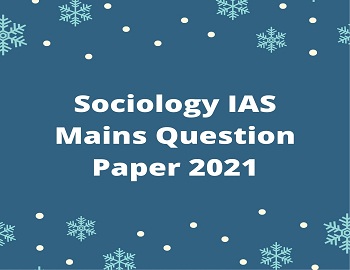


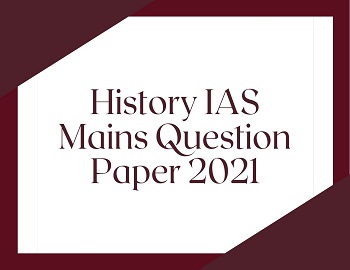

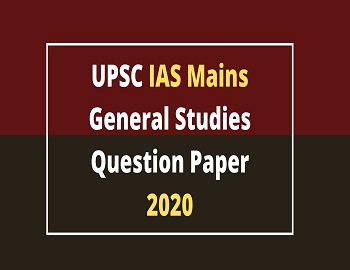
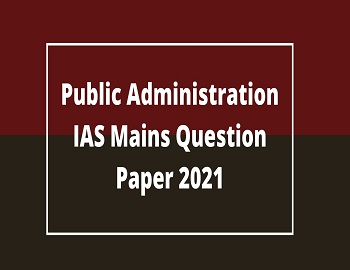
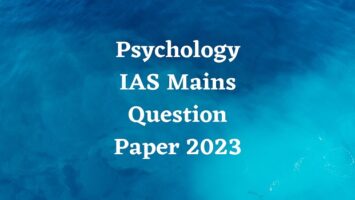
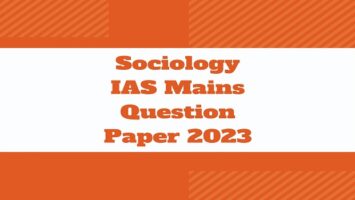
Comments (No)